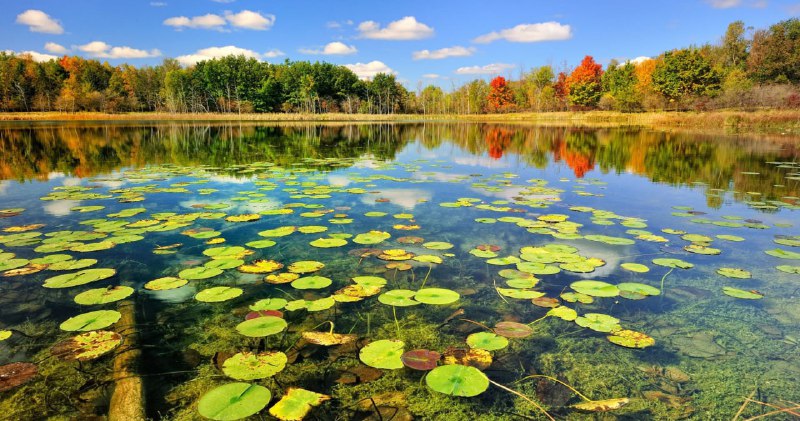Hamid Mollazadeh
Iran’s nature loss is increasingly becoming a tourism loss. Once a land of shimmering lakes and four-season landscapes, the country now faces vanishing waters, intensifying dust storms and toxic urban air—environmental shocks that undermine visitor confidence, inflate industry costs and threaten the recovery of Iran’s non-oil sector.
International arrivals rose to roughly 4 million in 2022 and reached about 6 million in 2023 as borders reopened after the Covid-19 shutdowns—yet visitor numbers still lag far behind the 2019 peak of 9 million. In 2023, travel and tourism generated just 1.7% of GDP (down from 2.8% before the pandemic) and supported around one million jobs across direct and indirect segments. Revenues from international visitors were valued at an estimated $1.4 billion. These figures underscore what is at stake as environmental degradation steadily erodes Iran’s appeal and drives up the cost of doing business.
Ecological Pressures
Three ecological pressures—shrinking lakes and water scarcity, intensifying dust storms, and worsening urban air pollution—are already undermining the country’s competitiveness as a touristy destination. Lake Urmia’s dramatic collapse has turned one of Iran’s signature natural assets into a cautionary symbol. Years of dwindling inflows, unchecked groundwater extraction, and mismanagement have left once-vibrant shorelines desiccated and salt-crusted. For local communities, this has meant declining hospitality revenues, the loss of seasonal tourism linked to the lake’s microclimate, and a general erosion of the region’s identity.
Dust and sand storms (SDS) add another blow. These storms have intensified across western and central provinces, damaging visibility, respiratory health, and the reliability of transport—three variables that strongly shape travel decisions and even insurance premiums. Khuzestan, long a gateway for cultural and nature tours, endured an extraordinary 214 dust-storm days in 2023. That number implies repeated flight cancellations, road closures, itinerary changes, and lost excursions.
Urban air pollution delivers yet another penalty. High-smog episodes in major cities reduce demand for city breaks, deter meetings and short-notice leisure trips, and raise operating costs for carriers and hotels forced to adjust during hazardous conditions. In late 2023 and again in 2024, Tehran authorities repeatedly closed schools and restricted urban activity because of dangerous air quality—precisely the kind of headline that discourages visitors.
World Bank Analysis
As World Bank analyses of Iran have long noted, air-quality shocks impose real welfare costs that spill over into services such as hospitality and tourism. The economic translation is direct. First, environmental degradation pushes yield per visitor down: fewer premium nature excursions, shorter stays, and a shift toward lower-margin urban itineraries. Second, reliability risks drive supplier costs up—from more frequent itinerary disruptions to protective equipment for outdoor guides—compressing margins for small and medium-sized tourism businesses. Third, the cumulative damage to Iran’s destination image comes at the worst possible time, just when the country needs aggressive international marketing to regain pre-2019 visitor volumes. Small, targeted improvements can revive ecosystems and protect an industry that remains one of Iran’s non-oil economic assets. In the current climate, reversing ecological decline is not an option; it is the foundation on which any meaningful tourism rebound must be built.


